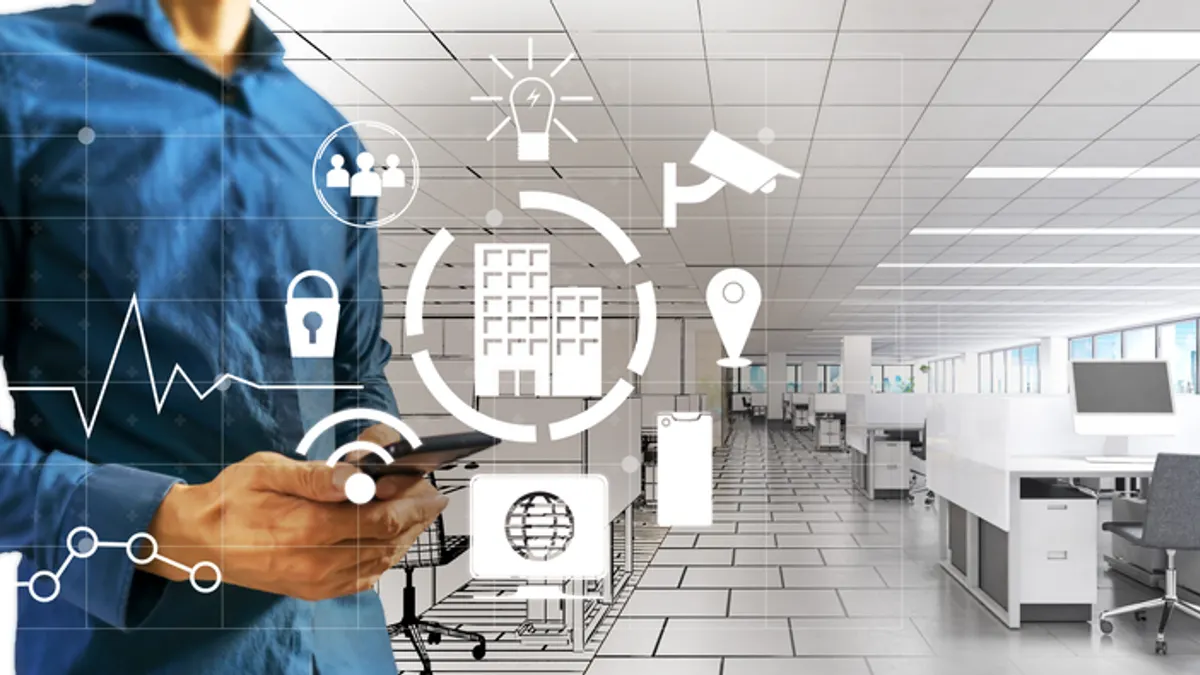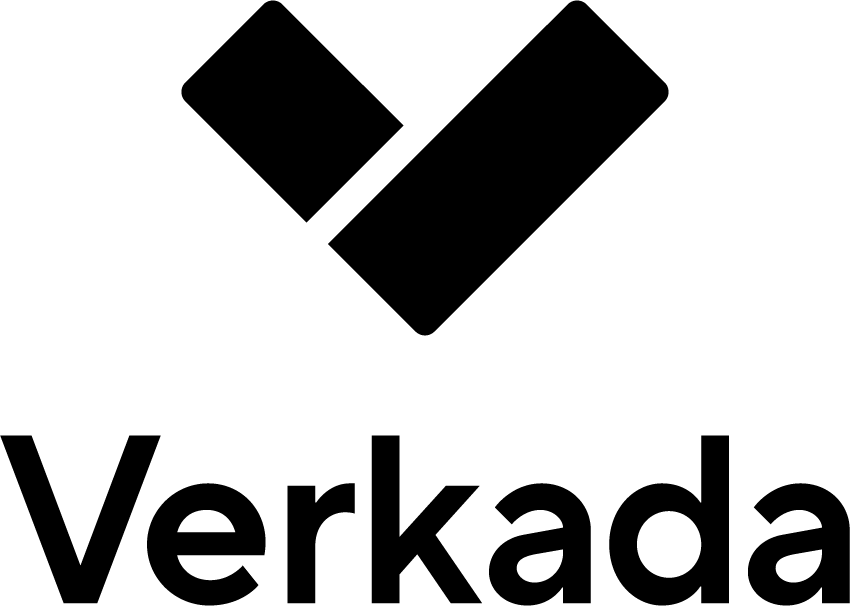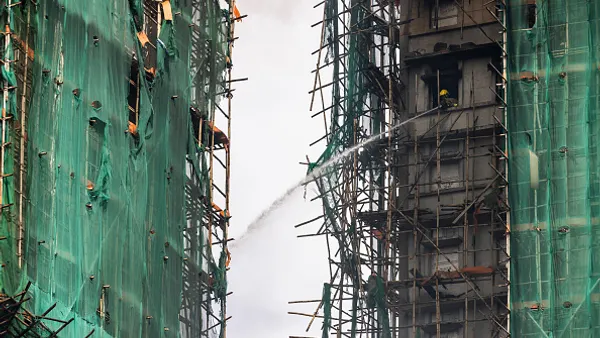More than half of employees say they spend more time in meetings and collaborating with others than prior to the COVID-19 pandemic, signaling a shift toward group work over solo tasks, according to a survey by workplace analytics firm XY Sense.
Improved collaboration is a key in-office benefit and helps offset the desire to work from home, according to the Workplace Pulse by XY Sense, which surveyed 550 full-time white-collar employees in the U.S., U.K. and Asia-Pacific. The office also provides “social glue” for most teams and promotes learning and mentorship opportunities — benefits that might encourage workers, especially younger generations, to spend more time in the office, the report says.
In the U.S., 70% of respondents most valued access to advanced technology, alongside proximity to better shopping, restaurants and nightlife, when considering accepting a new job or staying where thy are, according to the report.
But for many employees, noise, poor air quality and lack of meeting space undermines focus and collaborative efforts. Almost two-thirds say open-plan noise disrupts concentration at least twice per week. More than half report struggling to find meeting space at least twice a week, and 44% in the U.S. have trouble finding a room every day (59% weekly).
The U.S. also reported the most noise issues. Almost 40% reported daily noise issues and 66% said these issues affect them at least twice a week.
Additionally, many respondents face poor indoor environmental quality, with 42% and 43%, respectively, saying they had multiple air quality issues or temperature and humidity issues per day. Productivity takes about a 9% dip when office temperature strays from comfort zones, according to XY Sense, citing research from the Lawrence Berkeley National Laboratory.
To combat these challenges and leverage the strongest drivers for office attendance, XY Sense recommends workplace operators in the U.S. work on improving noise levels, air quality management and adding meeting rooms and spaces. They should also improve Wi-Fi,tech equipment and kitchens and cafes, and integrate comfortable furniture, lounge spaces and outdoor and wellness areas.
But creating a high-performance workplace requires different strategies depending on the culture of the business and its workplace needs. XY Sense recommends operators build a metrics-based workplace strategy.
For example, to promote a hybrid workplace experience, operators should collect qualitative feedback from workers based on surveys and focus groups that can help them implement live space availability, desk booking and continuous occupancy monitoring. If controlling costs is paramount, then having real-time, accurate and verifiable workplace data that can inform portfolio downsizing, floor-level density optimization and building efficiency is important, the report says.












